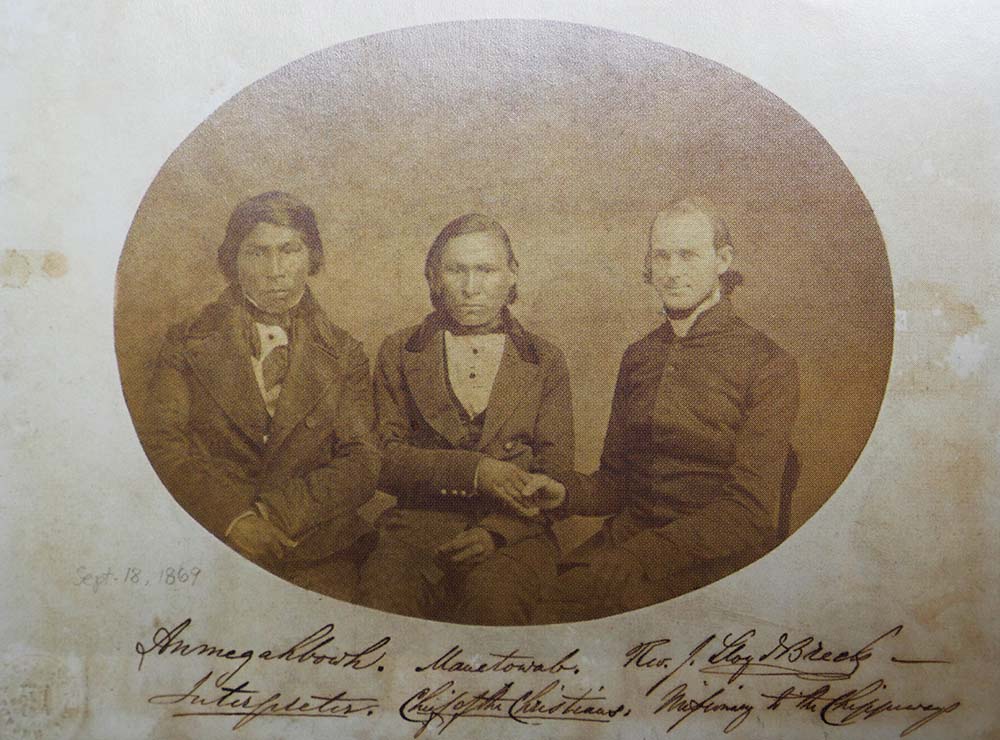April 2 (Lesser Feasts and Fasts 2000)

James Lloyd Breck was one of the most important missionaries of the Episcopal Church in the nineteenth century. He was called “The Apostle of the Wilderness.”
Breck was born in Philadelphia in 1818, and like many important Churchmen of his time, was greatly influenced by the pastoral devotion, liturgical concern, and sacramental emphasis of William Augustus Muhlenberg. Breck attended Muhlenberg’s school in Flushing, New York, before entering the University of Pennsylvania. Muhlenberg inspired him, when he was sixteen years old, to dedicate himself to a missionary life. The dedication was crystallized when Breck, with three other classmates from the General Theological Seminary, founded a religious community in Nashotah, Wisconsin, which in 1844 was on the frontier.
Nashotah became a center of liturgical observance, of pastoral care, and of education. Isolated communities were visited, mission stations established, and, probably for the first time since the Revolution, Episcopal missionaries were the first to reach the settlers.
Though Nashotah House flourished, and became one of the seminaries of the Episcopal Church, the “religious house” ideal did not. Breck moved on to St. Paul, Minnesota, where he began the work of the Episcopal Church. At Gull Lake, he organized St. Columba’s Mission for the Chippewa. It laid the foundation for work among the Indians by their own native priests, although the mission itself did not survive.
In 1855, Breck married, and in 1857 settled in Faribault, Minnesota, where his mission was associated with one of the first cathedrals established in the Episcopal Church in the United States. He also founded Seabury Divinity School, which later merged with Western Theological Seminary, to become Seabury-Western. In 1867, Breck went on to California, inspired principally by the opportunity of founding a new, theological school. His schools at Benicia, California, did not survive, but the five parishes which he founded did, and the Church in California was strengthened immensely through his work. He died prematurely, at the age of 55, in 1876.
